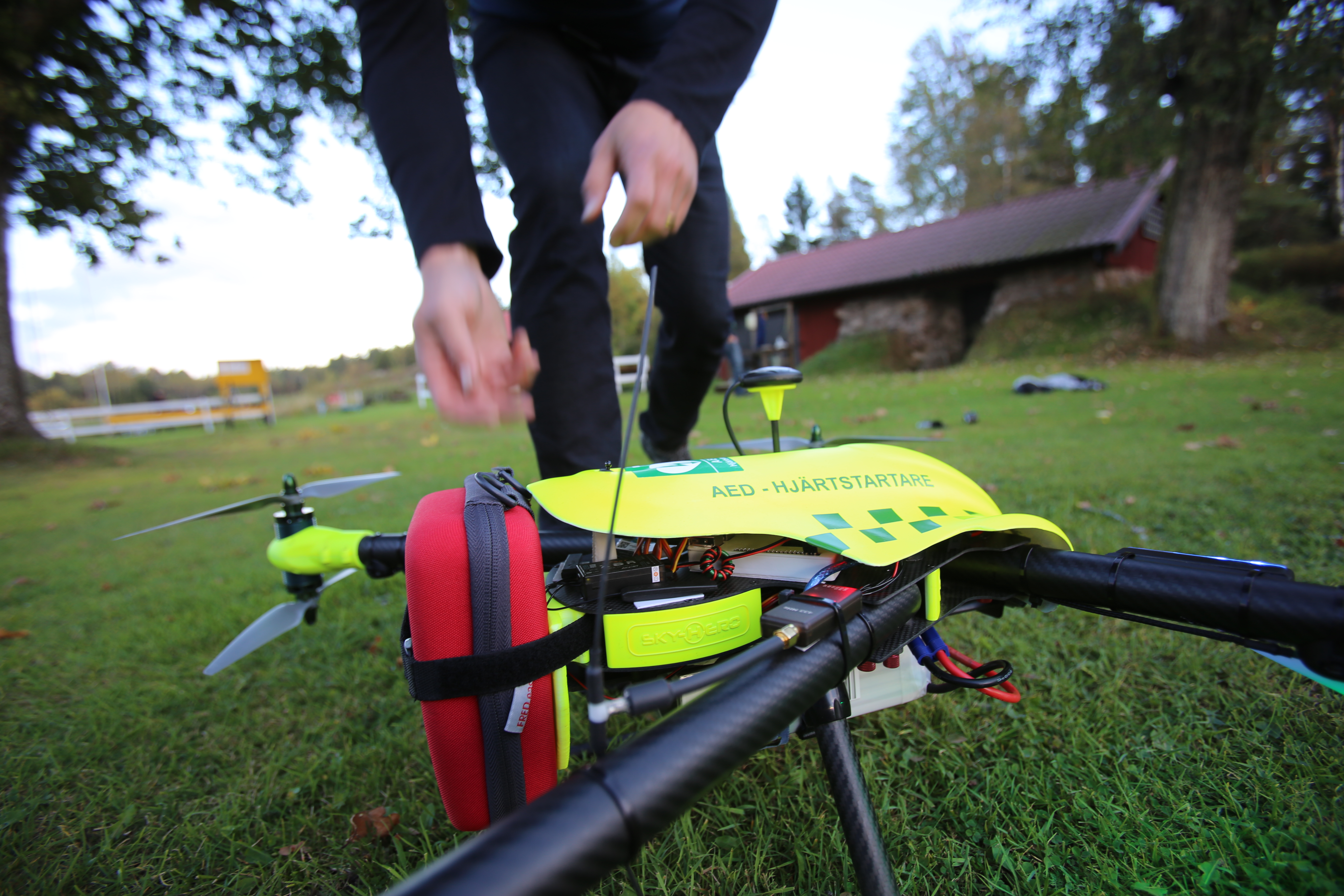
Drones can be used to deliver automated external defibrillators (AEDs) faster than emergency medical services can respond, according to a Swedish study.
The study published by JAMA found drones could deliver the devices to simulated emergencies with an average time saving of 16 minutes compared to a traditional emergency response.
The researchers said time to defibrillation was the most important factor influencing survival following an out-of-hospital cardiac arrest.
“Saving 16 minutes is likely to be clinically important,” they said.
“Nonetheless, further test flights, technological development, and evaluation of integration with dispatch centers and aviation administrators are needed.”
A drone developed and certified by the Swedish Transportation Agency was equipped with an AED and placed at a fire station north of Stockholm, chosen for a dense population and delays in EMS response times.
It was despatched for 18 remotely operated flights within a 10km radius of the station and arrived quicker than EMS in all cases.
The median time from dispatch to drone launch was 3 seconds compared to 3 minutes for emergency services. The median time to arrival of the drone was 5:21 minutes compared to 22:00 minutes for EMS.
The researchers said study limitations included the small number of flights over short distances in good weather.
They also acknowledged that delivering an AED in an emergency situation was only part of the process, which then relied on a bystander detaching and using the device.
“The outcomes of OHCA using the drone-delivered AED by bystanders vs resuscitation by EMS should be studied,” they said.